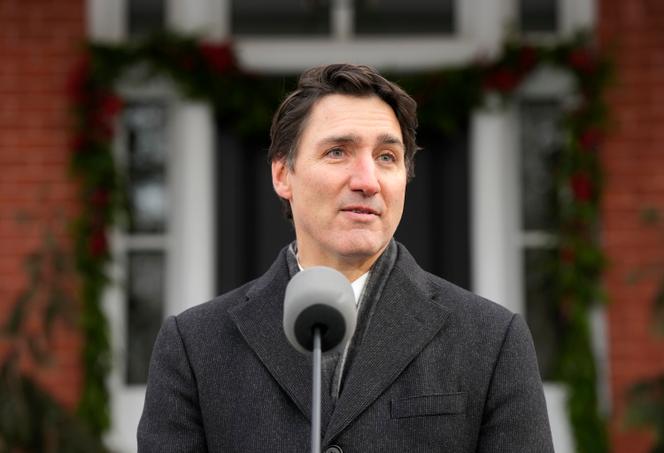


After a decade at the helm of Canada, Justin Trudeau, announced on Monday, January 6 that he would be stepping down as prime minister and leader of the Liberal Party of Canada. Outpaced by the Conservatives in the polls and greatly weakened in his own camp, particularly since Donald Trump's election to the White House, his departure seemed inevitable. Trudeau will step down as prime minister once his party has chosen its future leader. This process is expected to take several weeks. With the next general election scheduled for the fall of 2025, opposition parties are calling for an earlier date.
The crisis that had been brewing for many months accelerated in the fall of 2024. On September 4, the New Democratic Party, with whom the government had a support agreement in the event of a motion of no confidence, broke off the agreement. For the next three months, the government somehow managed to survive. But on December 16, its deputy prime minister Chrystia Freeland, resigned, criticizing the government's fiscal choices.
Apparently, the latter did not approve of the tax cuts Trudeau granted to individuals at a time when the country was perhaps on the eve of a "trade war" with the US. This disagreement proved fatal for the prime minister, already destabilized by Trump's election and his brandished threat to impose 25% tariffs on Canada when the US absorbs 75% of Canadian exports.
You have 81.64% of this article left to read. The rest is for subscribers only.
